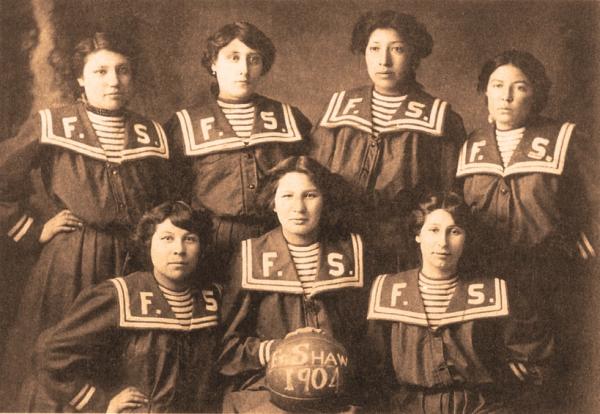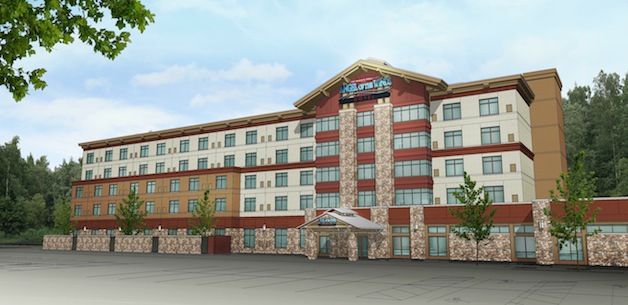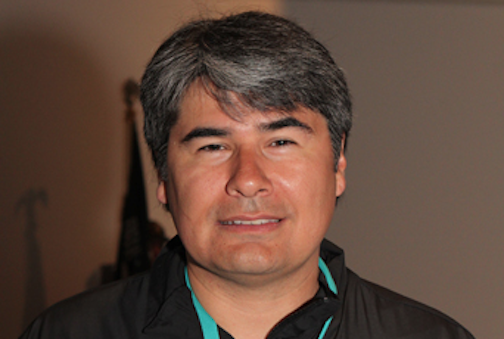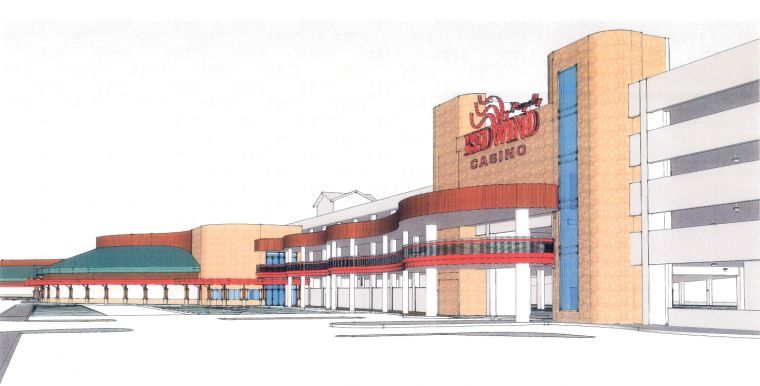By Gale Courey Toensing, Indian Country Today Media Network
During a impersonation of President George Bush Sr. on Saturday Night Live some years ago, comedian Dana Carvey made the following joke: “We have learned well the simple lesson of Vietnam: Stay out of Vietnam!”
Indian law experts are giving the same advice about United States courts, but it’s no laughing matter.
At the National Congress of American Indians 70th Annual Convention in Tulsa, Oklahoma, in October, Richard Guest, the Native American Rights Fund’s lead staff attorney in Washington, sounded the alarm.
Since John Roberts was made chief justice of the U.S. Supreme Court in 2006, Guest said, “We’ve had one win and nine losses in front of the Roberts court. And our message as we sat in Reno at the mid-year [NCAI] meeting and we‘d just been handed the decision in the Baby Veronica case – that message is still true here today: Stay out of the courts!”
RELATED: United Nations Demands Respect Veronicas Human Rights
Guest, NARF founder and director John Echohawk, and NCAI general counsel John Dossett have worked together for years on the Tribal Supreme Court Project and updated convention attendees about their current work.
“The federal courts are not your friends anymore,” Guest continued. The majority of judges sitting on the lower federal courts were appointed by Bush II – very conservative, have no understanding of Indian country at all. No interest in your issues. And that can be said of the Roberts court as well. It’s a very difficult place for tribes to secure victories.
The NARF still wins about 50 percent of its cases in federal courts, Guest said, but the challenge is in determining which cases will go up to the U.S. Supreme Court.“There are a lot of cases to keep track of that may be headed toward the Supreme Court and that’s one of the things the Tribal Supreme Court Project does,” Echohawk said. The project works with the tribal parties involved to brief the issues and bring all the experts – Indian law attorneys, Supreme Court practitioners – together in the hope of changing the losing record, he said.
There was no reason for the Supreme Court to grant review in the Adoptive Couple v. Baby Girl case, Guest pointed out. Although he did not claim outright that the high court’s decision to grant cert was politically influenced, his descriptions of the powerful players brought in by the plaintiffs suggest that the fix was in for that to happen. “The petitioners secured the assistance of a Supreme Court practitioner, Lisa Blatt, who wrote a brilliant amicus brief. She brought in Paul Clement, the former solicitor general of the United States, along with Gregory Garre, another solicitor general of the U.S. under the Bush administration. And they wrote amicus briefs on behalf of the adoptive couple, on behalf of the baby girl, on behalf of the birth mother, all indicating reasons why the court should grant review.”
RELATED: Native American Rights Fund: Stop the Forced Removal of Baby Veronica
Foremost among the amici’s strategies was to use the scare tactic of promoting the idea that the Indian Child Welfare Act, which seeks to protect Indian children by keeping them with Indian families, was unconstitutional – that Indians do not deserve special treatment or protections under federal law, Guest said. “And as soon as they got review granted they backed away from that position. But it was a case that should never have gone to the Supreme Court of the United States. Having those nine justices decide whether Baby Girl belongs with father or with adoptive couple in South Carolina – why is that an issue for the U.S. Supreme Court?”
The same goes for Michigan v. Bay Mills Community, Guest said. The U.S. Supreme Court will decide whether a state can challenge a tribe’s right to open a casino in this case, which involves a three-year old conflict over an off reservation tribal casino in northern Michigan. The high court will not rule on whether the off reservation casino is legal; it will decide whether the state has the legal standing to challenge a tribe’s right to open the casino. The ruling can potentially impact tribal sovereignty throughout Indian country and be as devastating as the Supreme Court’s 2009 Carcieri ruling, which limited the U.S. Department of the Interior’s ability to take lands into trust for tribes recognized after 1934, Guest said.
RELATED: Challenge of Off-Reservation Tribal Casino Goes to Supreme Court
RELATED: So Close! How the Senate Almost Passed a Clean Carcieri Fix
“When you have states or local governments on one side [of a case] and Indian tribes or tribal interests on the other side, [the Supreme Court is] interested,” Guest said. “They’re interested in being able to define what state authority is going to be over Indian activities.”
The Tribal Supreme Court Project attorneys are asking tribes not to file individual briefs in the Bay Mills case but rather to sign on to the project’s amicus brief on the “strength in numbers” theory. For more information contact Guest at Richard.g@narf.org or Dossett at jdossett@ncai.org.
Read more at http://indiancountrytodaymedianetwork.com/2013/10/28/indian-law-attorneys-advice-tribes-stay-out-courts-151957























